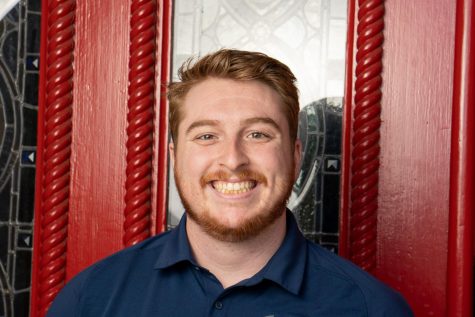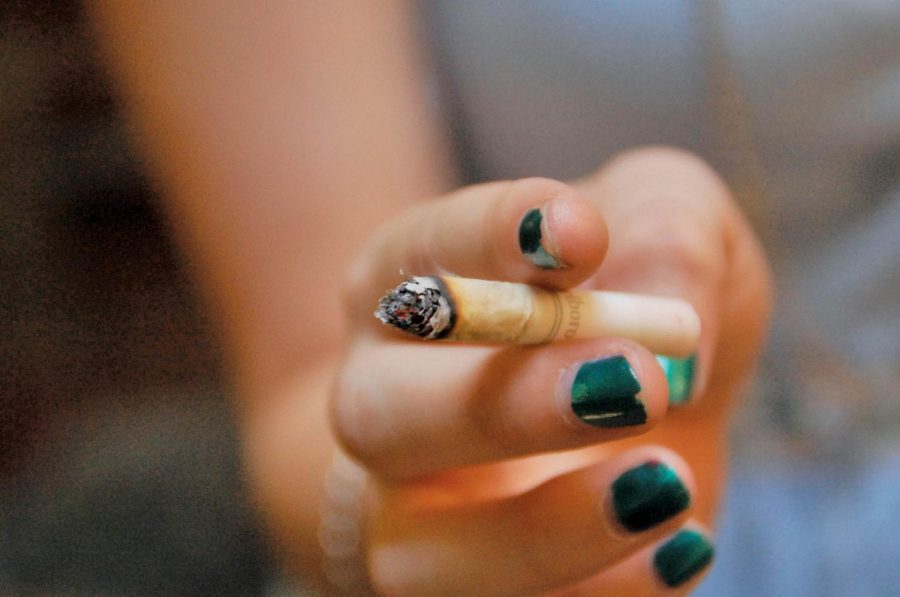New legal age for tobacco in Texas will make little difference amongst teen use
Texas will be one of eight states in 2019 to implement a law that will raise the legal age of tobacco use from 18 to 21.
A new law in Texas raised the minimum age requirement to buy tobacco products, including e-cigarettes, from 18 to 21 on Sept. 1. According to texas21.org, about 10,400 kids under the age of 18 become daily smokers each year. Six states have already implemented 21-and-over laws, and Texas will be one of 8 states to be implementing the law in 2019.
Is this going to change anything? Nope. If kids want to try tobacco, they are going to find ways to get it. Parents who are smokers are just going to buy it for their kids. Other people who don’t agree with the law might also be willing to buy it for them. It’s the same with alcohol. Kids will always find ways to purchase or consume alcohol while underage.
Tobacco laws are not the same as alcohol laws. You need to be 21 or older to purchase and consume alcohol. Only five of the 14 states that have the purchase age of 21 also apply that to the consumption age. Over half of those states also have no age limit when it comes to the consumption of tobacco products. Texas will be one of the five states where consumption and purchase of tobacco will be the same age.
There are also plenty of states where you must be 21 or older to purchase tobacco in select cities — making it just like alcohol in the 40s and 50s, and why 21 became the national drinking age. Kids would drive to states that had a younger drinking age, get drunk, drive back and get into an accident. Kids in states where certain cities have the 21-year-old age restriction to purchase tobacco law will drive to different parts of the state to purchase it. They may even drive to a whole other state to buy tobacco where it’s legal.
Laws like this don’t do much to stop underage smoking. It takes everyone to say that smoking tobacco is bad, and as a culture, we need to stop using it. According to the Truth Initiative, more than a quarter of people living below the poverty line smoke. That is twice than that of those above the poverty line. Low-income communities also have denser concentrations of tobacco retailers and are more likely to have tobacco retailers near schools than other neighborhoods. Even 35 to 45% of children living below the poverty line live with a smoker.
As much as I would love this law to work and be implemented nationwide, more needs to be done to regulate the tobacco industry in low-income neighborhoods. There are more tobacco retailers near schools in low-income communities than any other area — laws like this work when the industry works to better all communities. Low-income communities make up a large part of the tobacco company’s profit margins. A law to curb underage smoking will not work when tobacco ads and retailers advertise and market around low-income schools.

MY name is John Walker, and I am one of the Life and Arts Section Editors. I'm a senior Communication major and journalism minor from Los Angeles, California....







